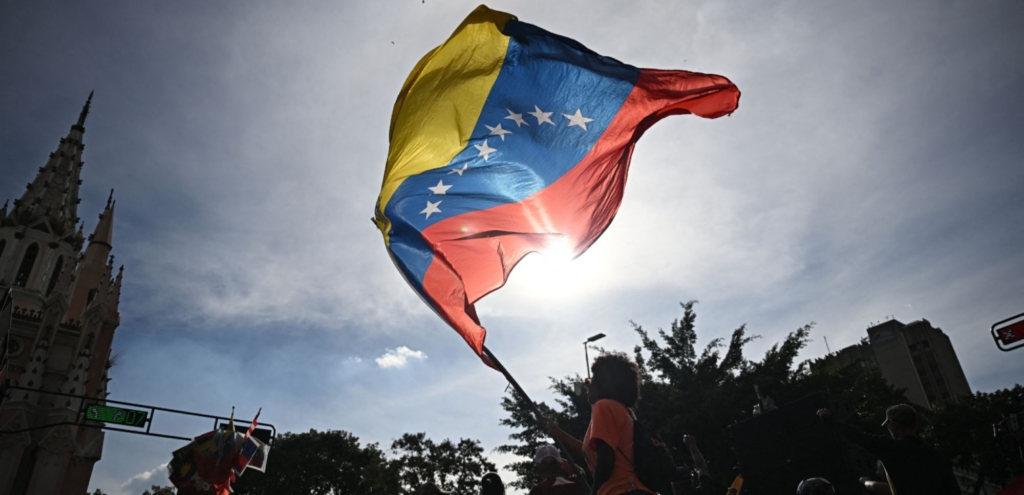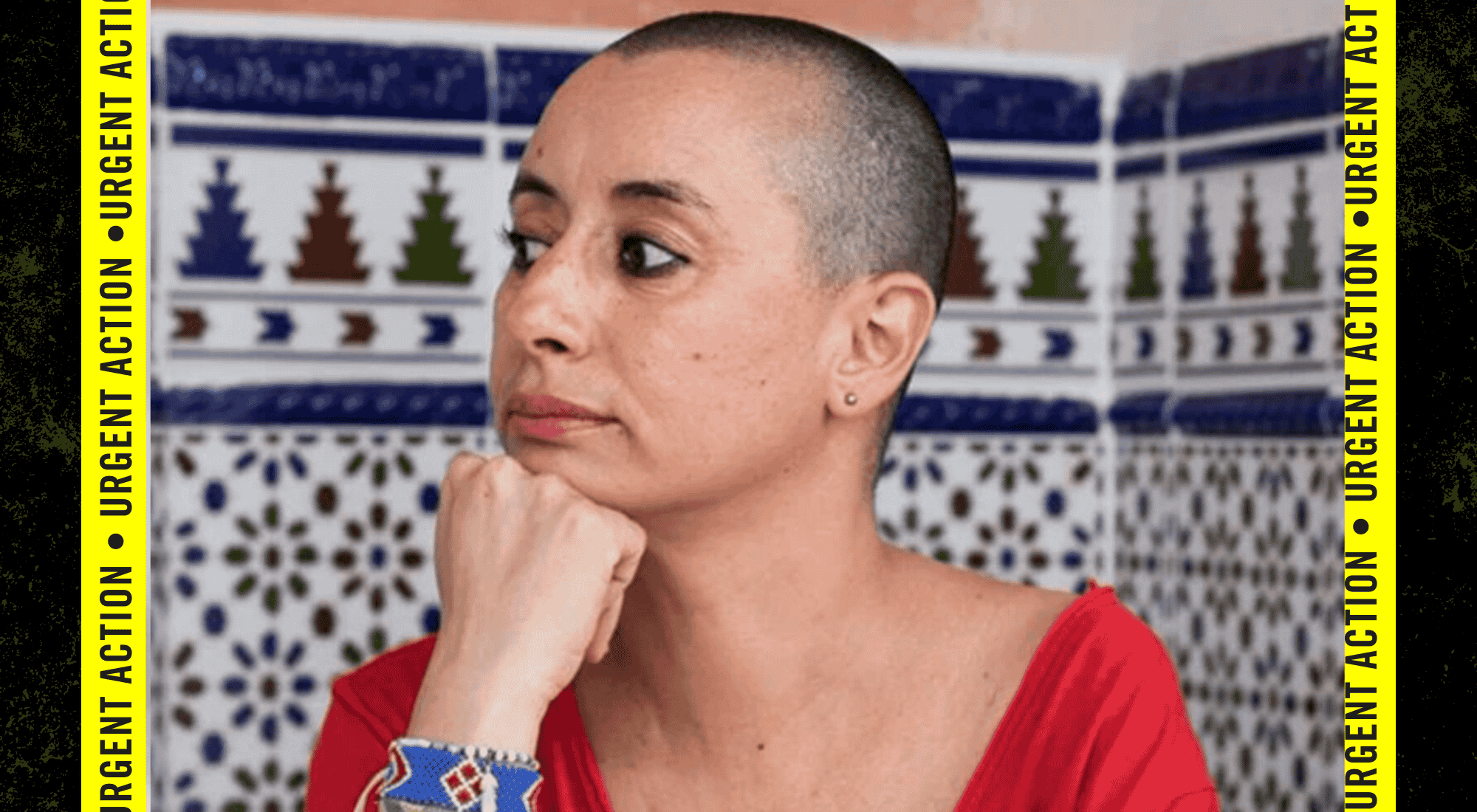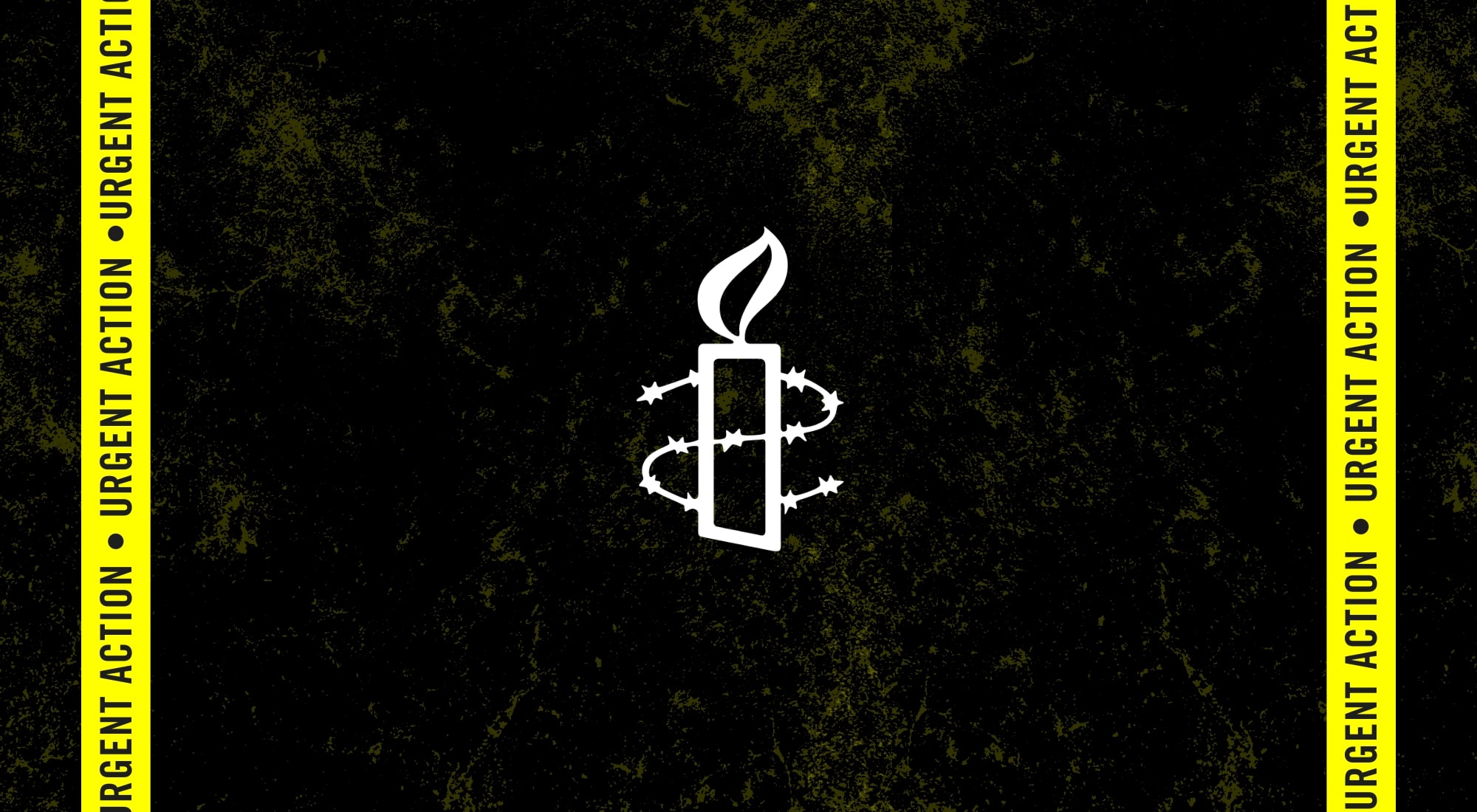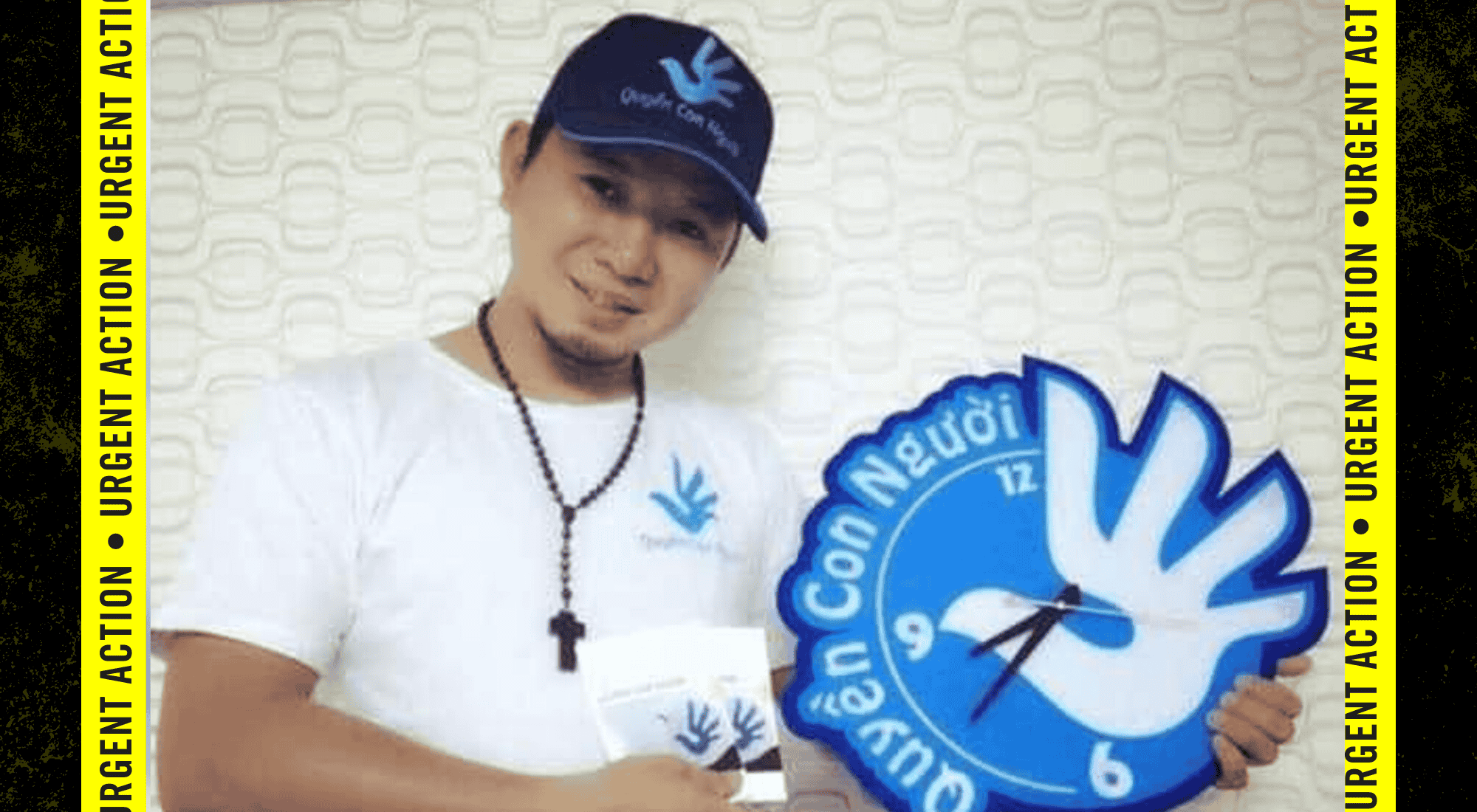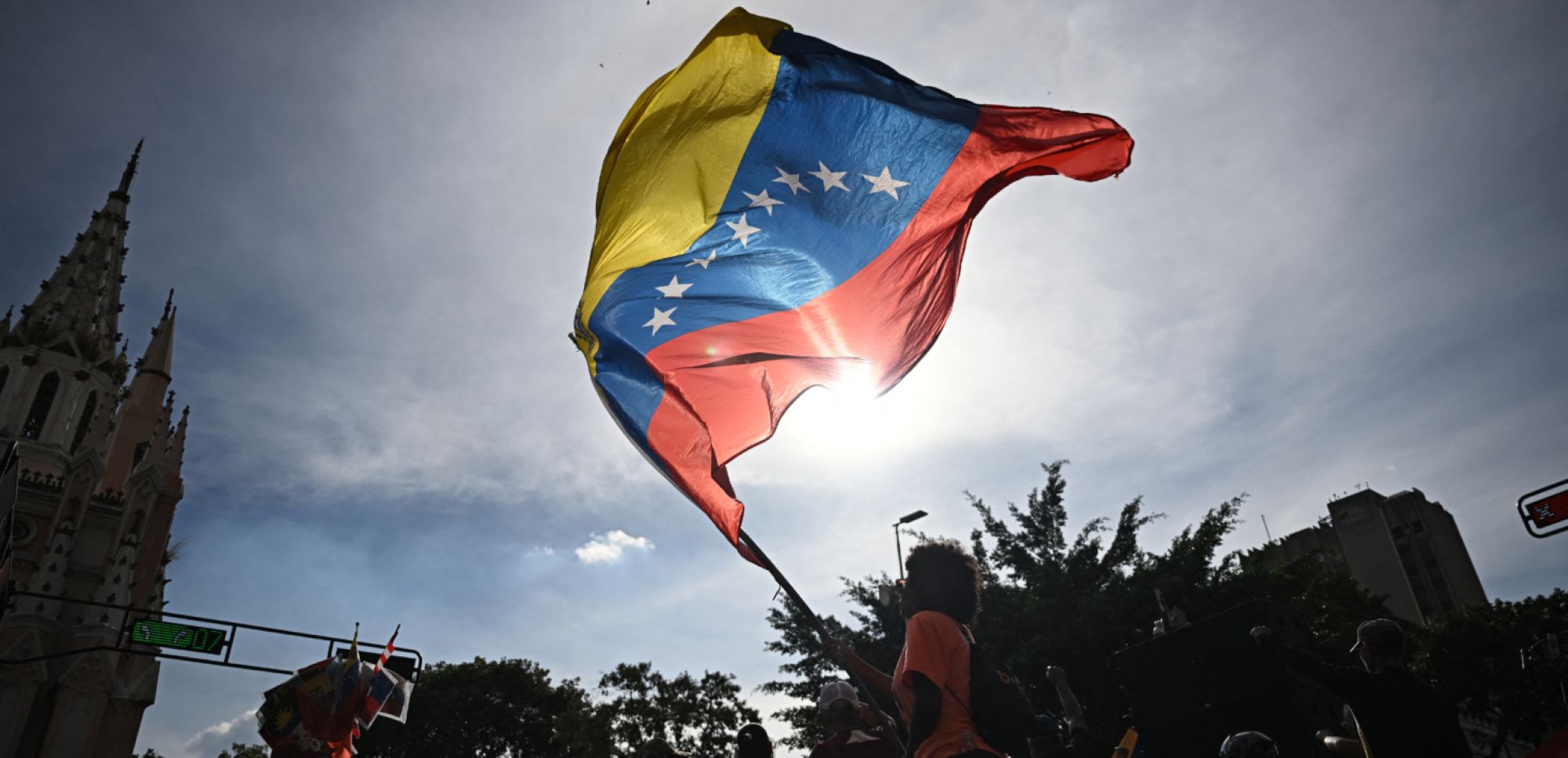The history of colonization around the world is a story about control of land and perceived resources: the juggernaut of colonial power moving its way from territory to territory, continent to continent, claiming lands, resources, and people across the globe.
As this powerful system travelled around and gobbled up people to enslave, it also gobbled up the land that had been cleared of its rightful caretakers, land that was rich in quantity, quality and economic resources both above and below the soil. The two processes are connected: removing humans through whatever means, including forced displacement, labour, social collapse and infection; and asserting ownership over territory through violence, edicts, and renaming. All to gain economic, geographic, and political power.
In the last few months, there have been several examples of violence against Indigenous, Black, and Afro-Indigenous people in this country by police departments and the RCMP. Some chiefs of police and RCMP leaders, including Commissioner Brenda Lucki, have publicly asserted that systemic racism is not a problem in their organizations. Their statements and their refusal to critically examine and address racism in their own forces show a lack of fundamental understanding of systemic racism, the intent behind the creation of police forces in Canada as well as a blatant dismissal of decades of inquests, inquiries, royal commissions, and external investigative reports into police conduct, including Amnesty International’s intervention at the Ipperwash Inquiry.
Despite Commissioner Lucki’s initial denial and clumsy about-face on the issue of systemic racism within the RCMP, a recent poll suggests that 75% of Canadians believe there is systemic racism within the country’s national police force. Given the RCMP’s history, this should not be surprising. The organization’s purpose has been and continues to be enforcing the imposed laws of a settler-colonial state.
State violence is not just created by policing. It includes racial laws, inequitable provision of services, intentional neglect and exclusion, social bias, and the ways institutional policies impact the well-being of Black, Indigenous and People of Colour. State violence includes the child and family welfare system, the education system, representation in governments at all levels, and healthcare, among many others. Some Premiers have denied the existence of systemic racism in a very similar manner to heads of police forces.
Due to the work of Cindy Blackstock through the First Nations Child & Family Caring Society of Canada, the Canadian Human Rights Tribunal found that the federal government refused and failed to provide equal services to First Nation children for decades. If we look at the work by Black parents and organizations advocating for their children, we see the same discrimination: lack of funding, lack of training, lack of support. It would be hard to make an argument that Canadian society is not intrinsically biased, racist, and oppressive. Canada is, by definition, a settler-colonial society.
Brief history of the RCMP and Indigenous people
The government of John A. MacDonald established the North West Mounted Police (later the RCMP) to facilitate the transfer of Indigenous territory to the federal government. This was enforced by displacing Indigenous peoples from their traditional territories through forced relocation, starvation, and war. The government then created a pass system whereby Indian Agents determined whether a First Nations person could leave the reserve. This law was in place until 1940 and relied on police and RCMP to enforce it. The RCMP was also an active agent in ensuring Indigenous children were taken from their families and placed in Indian Residential Schools violating many human rights. The RCMP is an institution founded to protect and enforce white supremacy and has much to reckon with and account for before any attempts at reform can be legitimately undertaken.
Police forces in Canada do not have a better record in their relationships with Indigenous people and communities. Proportionally, Indigenous and Black people are far more likely to die in a police shooting than white people. As journalist Brandi Morin has shown, police kill 1.5 out of every 100,000 Indigenous people, and 0.5 out of every 100,000 Black people. Compared to the general Canadian rate of 0.3 per 100,000 and the rate for white Canadians of 0.13 per 100,000, the disparity is stark. To be clear, nobody should be killed by the police.
Brief history of Canada policing and criminalizing Black people
The experiences of Black people in Canada, including enslavement, are often omitted from school curricula, museum exhibits, and official stories, except to highlight Canada’s position as the beacon of freedom at the end of the Underground Railroad. This perpetuates the often common misperception that anti-Black racism is ‘not as bad’ here as in the United States when it is actually baked into our society. Black people in Canada have experienced enslavement, criminalization, immigration bans, and discrimination resulting in underservice and exclusion in education, housing, healthcare, and employment. Many Black Canadians have been pushed to Canada from other countries ravaged by colonialism, and their experiences in Canada are similar each with their own distinctions. There are global threads of white supremacy, violence, exploitative resource extraction, and disposability of Black people that run parallel to the experiences of Indigenous people on this colonized land.
Living in Canada as a Black person comes with the imposed presumption of criminality, manifesting in the surveillance and over-policing of Black individuals and communities, unjust encounters with police officers, and introduction into a system which treats Black people more harshly for the same crimes and results in a disproportionate number of Black people in prisons. Indigenous people are also disproportionately represented in the prison system for similar reasons.
These struggles are connected and continue today
The impacts of colonialism and white supremacy continue to similarly affect Black and Indigenous people in Canada today, albeit in distinct ways. Both are criminalized by wider society as the reason for their own experiences of racism and even their deaths. Both are systemically excluded from and surveilled/overpoliced in public space, excluded from access to education, jobs, housing and food security. The social determinants of health are placed far out of reach for many Black and Indigenous people in Canada. The convergence of criminalization, systemic racism, and frequent interactions with police lays the foreground for violence and death for Black people and Indigenous people alike.
The media pitting Black & Indigenous people against each other is wrong
Black liberation and Indigenous sovereignty are inextricably linked. The history of Afro-Indigenous people in Canada is often erased, yet there are many people who are Black and Indigenous and there are longstanding relationships between the many different communities. In a country built on white supremacy, it is a threat to the order of society for oppressed people to work in solidarity with each other because this poses a real challenge to power. A common tactic of those in power is to pit different groups against each other as if each were the problem. We see this in authorless newspaper headlines like “Let’s Save Some Outrage for Treatment of Indigenous People”. We see this in the ways we have been socialized to believe in a scarcity of rights or resources and a quick regression to “what about us?” when one group seems to be making civil and human rights advances. We can wholly reject the idea that there is only so much freedom to go around and work together for liberation for all. The answer to ending police violence against Black people and Indigenous people does not lie only in the smaller objectives like municipal governments shifting money from police budgets to social supports, it lies in dismantling whole systems designed to keep us apart and keep us without true power, sovereignty, and agency.
We can do better
What can we do to make Canada an anti-racist state? We could follow the lead of individuals and organizations who have been advocating for justice for years. We can build on the ideas and actions of those who have come before us and create a new society and way of interacting with each other that respects the rights and autonomy of Black and Indigenous people and honours their futures. We already mentioned Cindy Blackstock, but there are others like Larissa Crawford, Zanana Akande, Grand Chief Wilton Littlechild, Lillian Dyck, Anthony Morgan, Sandy Hudson, and Robyn Maynard among many others, who show us the way forward.
The federal government could start by paying the damages to First Nations children ordered by the Canadian Human Rights Tribunal, governments could immediately make restorative changes to their funding mechanisms and make restorative justice a priority. We can call for the removal of police officers from schools, ensure that all children receive the same access to quality and culturally appropriate education, and push governments to strengthen social programs to respond to the needs and priorities of communities. Of the groups advocating for defunding and reducing the scope of police services, Black Lives Matter Canada also promotes the creation of alternatives including harm reduction, decriminalizing sex-work, and secure housing options.
Black and Indigenous communities know their own histories and priorities for the future. They have been building and advocating for solutions for a long time. The most supportive work that could be done in collaboration, would be to empower, echo and fund the suggestions and demands of Black and Indigenous people for how to build a society that respects human rights and ensures that all people thrive and create better futures.
About the artist: Megan Tippler is a Métis educator who is committed to disrupting and decolonizing the curriculum and her teaching practices. She uses her Instagram page (@tiplerteaches) to share information about diverse literature and help other teachers find ways to incorporate Indigenous perspectives into the classroom.
Learn more
Carding and anti-Black racism in Canada
Not just in the US: Amnesty International Canada strongly condemns anti-Black racism
Amnesty International open letter urges federal government to address anti-Black racism
Over 70 organizations call for a ban on police street checks
Canada’s Anti-Racism Strategy 2019-2022
Take action
















